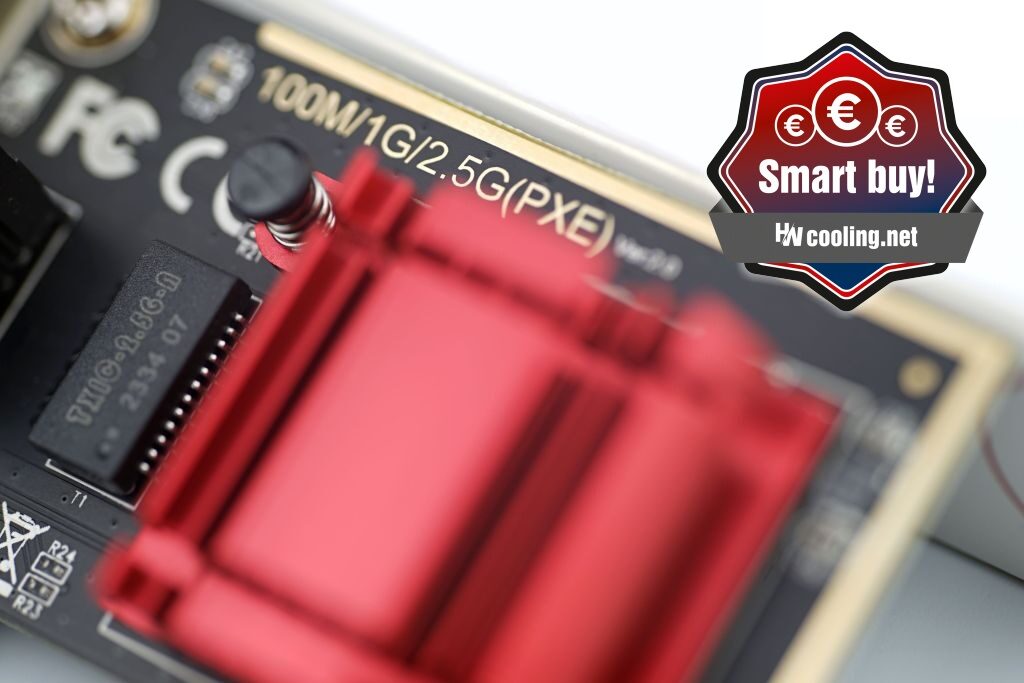Conclusion
Buying a network card is in some cases a more elegant option than replacing the entire motherboard. For such situations, Axagon has an on-PCI Express card 2.5-gigabit one in the form of the PCEE-G25, for example, for home users. We’ve subjected it to a great deal of comparison with integrated adapters. And before you get into it, one question: Can you estimate how much power such a simpler network card might consume?
Conclusion
Evaluation of a network card is very specific. Unlike the other components that we deal with, the key measurements are “only” confirmatory. It probably won’t surprise anyone that the Axagon PCEE-G25’s speeds fit in with other network adapters that have comparable specified network bandwidth (2.5 Gb/s). The difference between slowest and fastest is 6%, and Axagon’s network card is somewhere in the middle of that spread.
We measured the average download speed at maximum performance using our methodology at approximately 287 MB/s and upload speed at 283 MB/s. The transfer speeds are high for the standards of the 2.5-gigabit class and we cannot have any complaints about them. The Axagon PCEE-G25 card can thus be recommended with a clear conscience, whether the intention is to speed up a slower network connection, replace a damaged adapter or expand with a second network card (this is also an option).
Use in network storage is at your “own risk”. It is not certain whether manufacturers, such as Qnap or Synology, have drivers in the operating system that will work with the network card. Nothing is guaranteed in this regard, and there is no official support from Axagon. Otherwise, support is very broad, whether it’s Windows (from XP to 11), DOS, Linux and drivers are available even for MacOS.
And what about the power consumption? Did you guess correctly that it would be less than one watt? Of course, the exact power consumption also depends on the device to which the card is connected. In our tests, you may notice that it’s a hair more on the local network than online, but this may not always be the case. It depends on the settings of the other side. These measurements also illustrate well what share of the total consumption the network adapter probably has on motherboards as well. In general I guess it can be said that at least with adapters with Realtek RTL8125BG, which the Axagon network card also has, the power consumption is practically constant regardless of the load.
A significant change (reduction in power consumption) occurs only after the Ethernet cable is disconnected, which ends the activity of the signal transmitters and receivers, which makes up the overwhelming part of the power consumption. But this is nothing to worry about, the differences as well as their absolute values are always negligible.
To briefly summarize, the Axagon PCEE-G25 embodies an inexpensive, fast, efficient network card, with which we did not encounter any complications while testing.
English translation and edit by Jozef Dudáš
| Axagon PCEE-G5 |
| + High speeds in both directions |
| + Low price |
| + Attractive price/performance ratio |
| + Oversized cooling |
| + Wide compatibility |
| - ... |
| Approximate retail price: 19 EUR |









